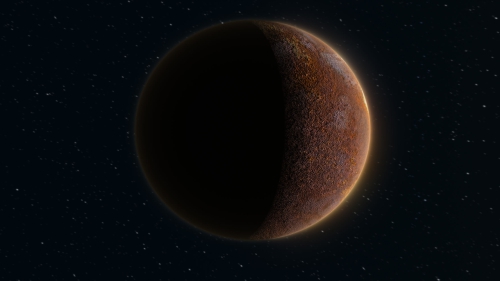Did Al-Biruni discover America?

Did Abu Rayhan Muhammad Biruni1 discover America in the first third of the eleventh century? In one sense, definitely not. He never laid eyes on the new continent or continents about which he wrote. By contrast, the Norsemen had actually touched land in North America shortly before AD 1000—briefly, to be sure, and without really understanding what they had found. Leif Ericson2 was so uninterested in the forested shore that he did not bother to return later, nor did any of those who heard oral reports of his travels or read about them in later Norse documents. Still, if “discovery” includes the groping and unreflective processes of Norse seafaring, then the prize that partisans of Christopher Columbus, John Cabot, or unknown seafarers from Bristol in England have claimed for their heroes must definitely go to the Vikings.
But Biruni should also wear the crown of discovery, and the cumulative and analytic process by which he reached his conclusions is at least as deserving of honor as are the Norse traders, if not more so. His tools were not wooden boats powered by sail and muscular oarsmen but an adroit combination of carefully controlled observation, meticulously assembled quantitative data, and rigorous logic. Not for another half millennium did anyone else in Europe or Asia apply such rigorous analytic tools to global exploration.
Was more than three-fifths of Earth’s circumference really nothing but water? Biruni considered this possibility but rejected it on the grounds of both logic and observation. Why he mused, would the forces and processes that had given rise to land on two-fifths of Earth’s belt not also have made themselves felt in the other three-fifths as well? Reasoning thus, Biruni concluded that somewhere in the vast expanses of ocean between Europe and Asia there must be one or more heretofore unknown landmasses or continents.
Proceeding by logical steps, he then asked if these unknown continents were empty wildernesses or were instead inhabited by human beings. To this point, he had relied on his research at Nandana on Earth’s circumference, on his voluminous data on the longitudes of the world’s cities and known geographical features, and on simple logic. To advance further he now turned to his data on longitudes. He noted that human beings inhabited a broad north-south band stretching from what is now Russia to southern India and the heart of Africa. Assuming that this band represented Earth’s habitable zone, he asked if the unknown continent or continents were situated only in latitudes lying north and south of this band.
In answering this, there were no further field observations to which he could turn, but he did have the tools of logic. Noting that the Eurasian landmass stretched roughly around Earth’s belt and that it covered a broad north-south band, he hypothesized that this was the result of powerful processes that would surely have obtained elsewhere. Known evidence of Earth gave him no grounds for believing that the unknown continents would be squashed into the northernmost and southernmost latitudes. Reasoning by analogy to Eurasia, he concluded that these unknown landmasses would have to be inhabitable, and in fact that they were inhabited. As he stated in the Codex Masudicus, “There is nothing to prohibit the existence of inhabited lands in the Eastern and Western parts. Neither extreme heat nor extreme cold stand in the way … it is, therefore, necessary that some supposed regions do exist beyond the [known] remaining regions of the world surrounded by water on all the sides.”3
Excerpted and adapted for this article from the book "Lost Enlightenment" by S. Frederick Starr.
Notes:
- Al-Biruni (973 CE - 1052 CE) was a Persian scientist who spent the first part of his life in modern-day Afghanistan, is regarded as one of the greatest scientists of the Islamic world.
- Leif Ericson (970 CE – 1020 CE) was an explorer from Iceland. He is considered to be the first known European to have reached the shores of North America.
- Said and Khan, Al-Biruni, 123-36
Topics: Americas, Islam And Science, Islamic Scholars
Views: 6679
Related Suggestions

















